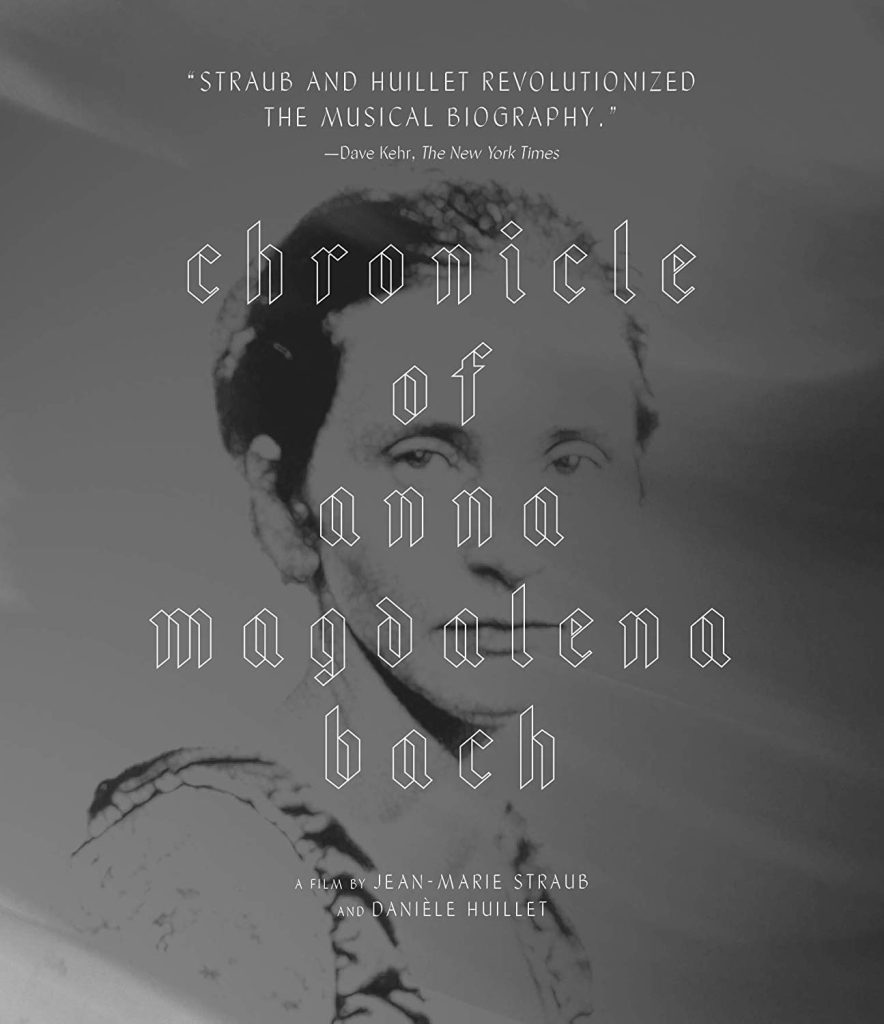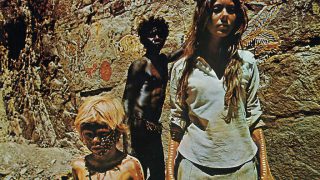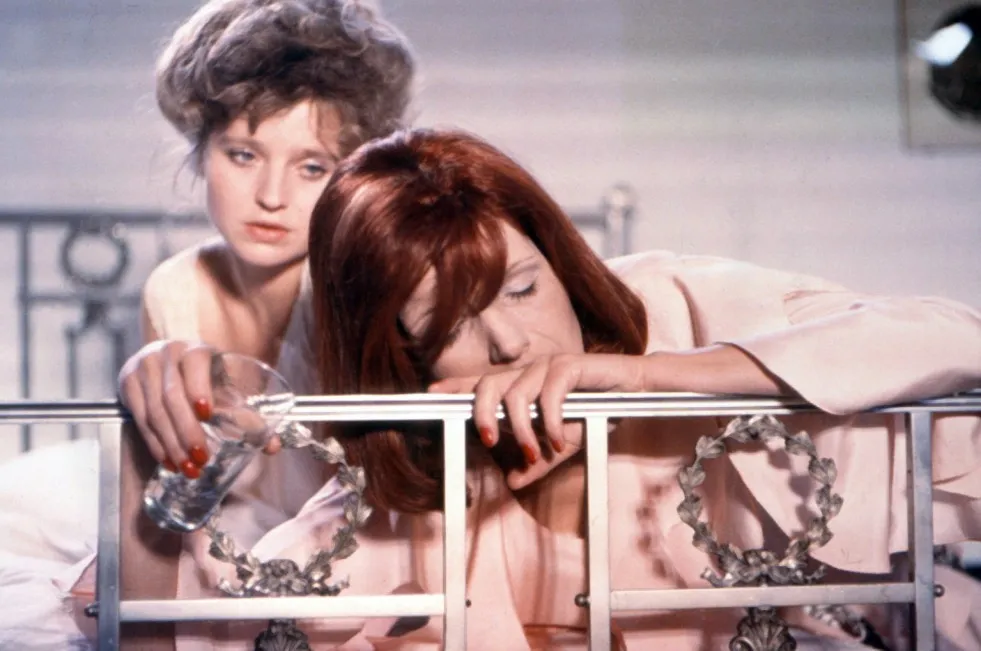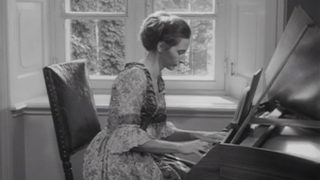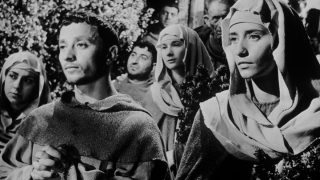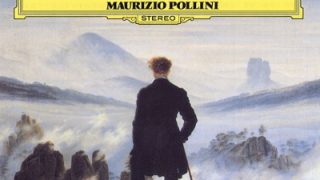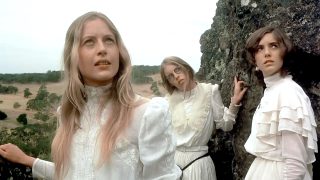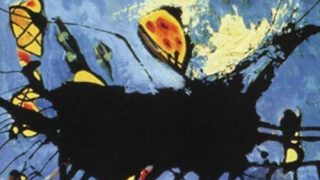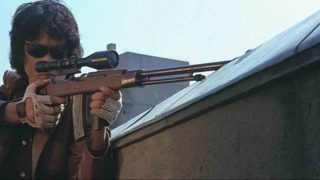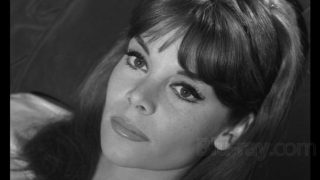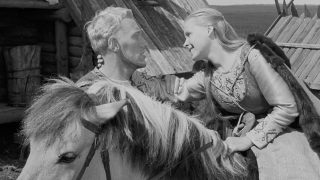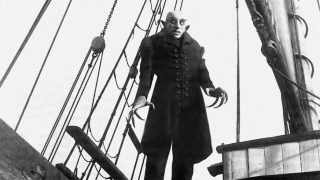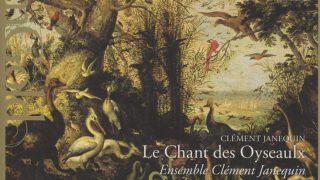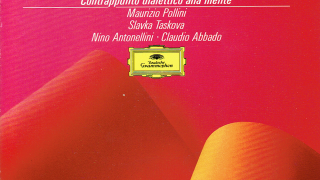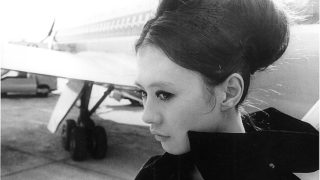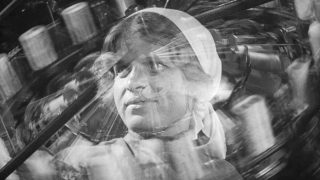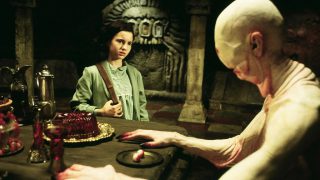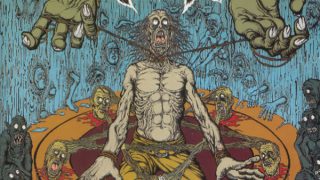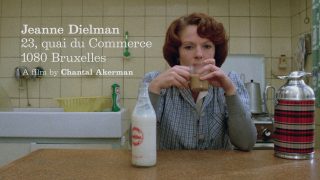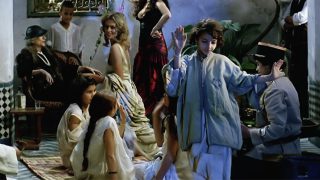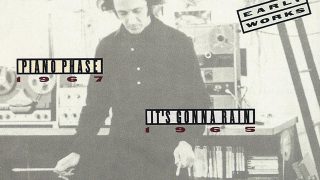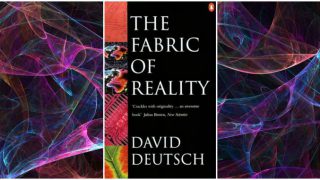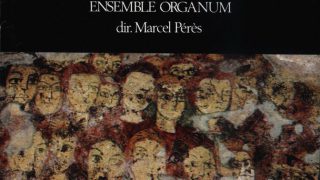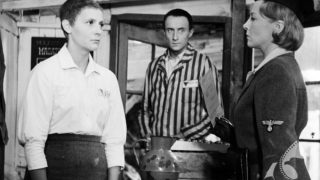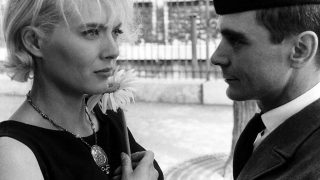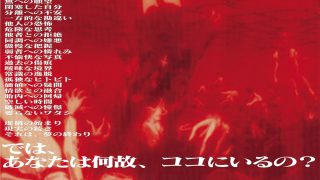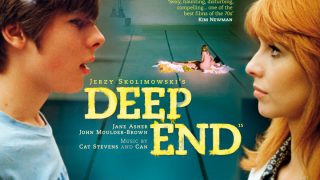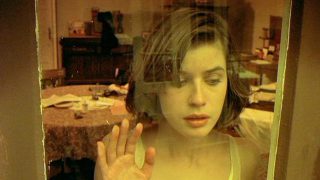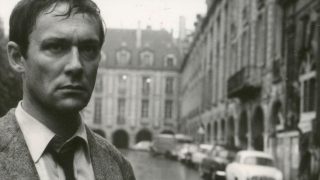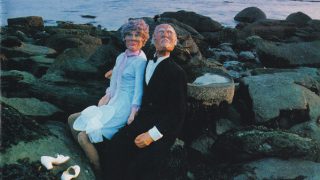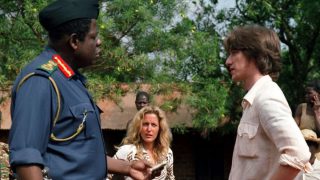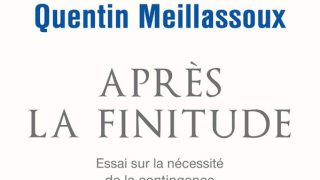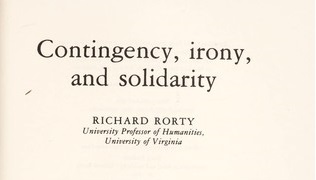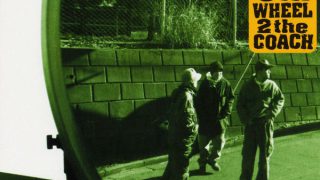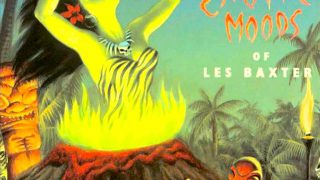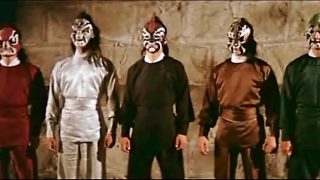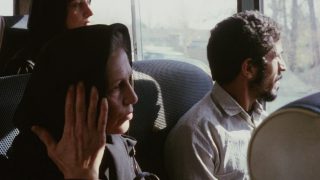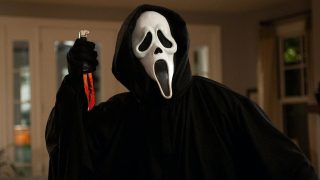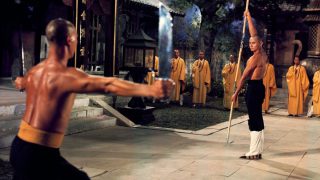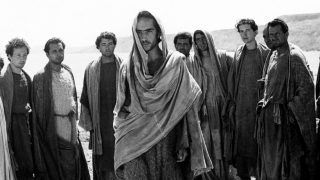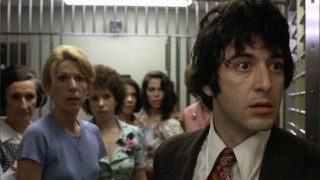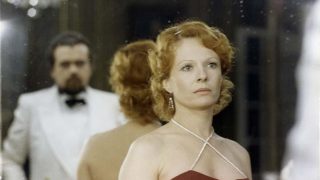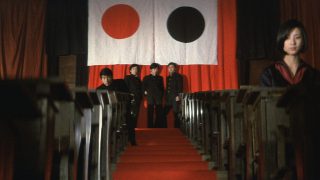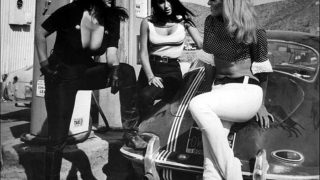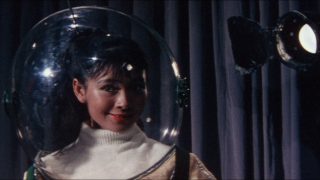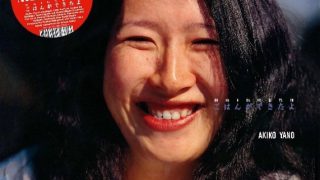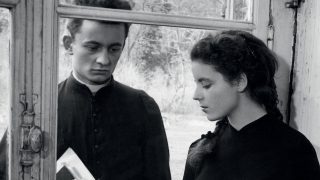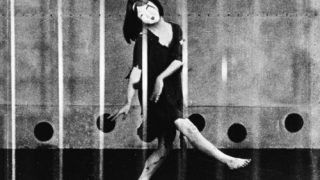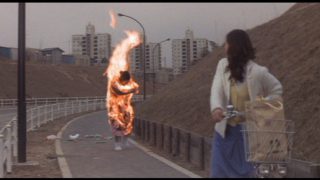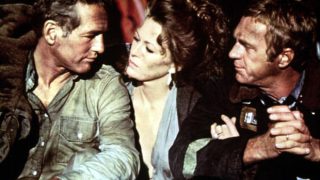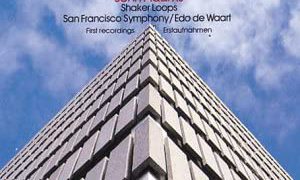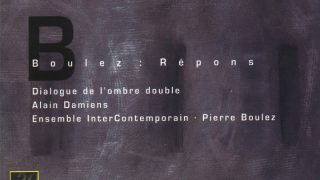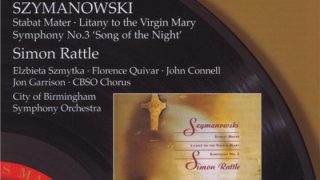Overview
“The Chronicle of Anna Magdalena Bach (Chronik der Anna Magdalena Bach)” is a 1968 West German–Italian film produced and directed by French film directors Jean-Marie Straub and Danièle Huillet. Black & white. 94 minutes.
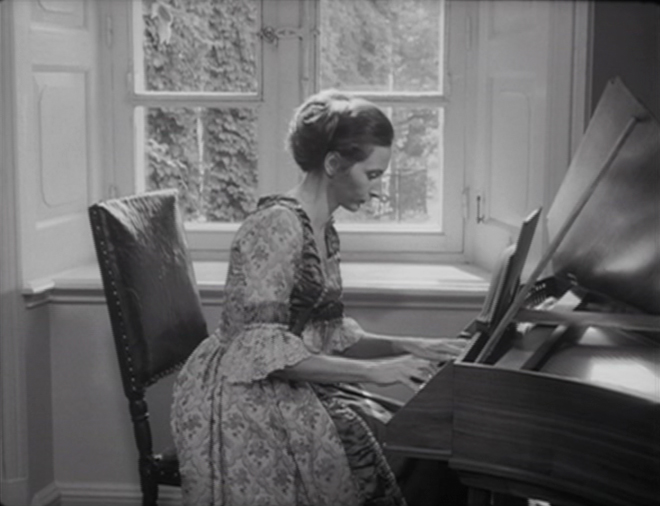
Commentary
It is a beautiful biographical film that depicts the latter half of the life of Johann Sebastian Bach (1685–1750), a German composer and musician of the late Baroque period, with a minimalist style like Robert Bresson. In the film, Bach’s second wife Anna Magdalena Bach (Christiane Lang) recollects her husband’s Köthen (1717–1723) and Leipzig (1723–1750) periods with her narrations, focusing around his performance scenes.
Christiane Lang, who played the role of Anna Magdalena, is a former musician and the wife of German conductor Hans Drewanz.
The film is composed mainly of a succession of the shots of the performance scenes, which were shot by a nearly fixed camera, and voice-over narrations. There are not many scenes with dialogues.
The biographical facts told in the film are strictly based on Bach’s “Nekrolog” (1754) — a short biography written by Carl Philipp Emanuel, Bach’s son, and Johann Friedrich Agricola, one of Bach’s students — and other texts such as letters and official documents.
The title of the film is derived from English writer Esther Meynell’s fictional biography “The Little Chronicle of Magdalena Bach” (1925), but the contents of the film have no relation to Meynell’s book.
It is also a music film that tried to recreate the performance scenes of the music in the time Bach lived in by use of the instruments and costumes of the time, though it shows the limitations of the research level of the late 1960s.
According to Straub, the point of departure for the film was “the idea of making a film in which music is neither accompaniment or narration, but is used as aesthetic material” (“Filmkritik”, 1966).
The film features two musicians who became widely known as the pioneers of authentic performance of early music with period instruments since the 1970s: Dutch keyboardist and conductor Gustav Leonhardt acted as Bach, and Austrian conductor and cellist Nikolaus Harnoncourt acted as Leopold, Prince of Anhalt-Köthen.
All the major European period instrument players at that time were mobilized for shooting the performance scenes of the film. In the film, Concentus Musicus Wien (conducted by Nikolaus Harnoncourt) performed as the orchestra at the court of Köthen, and Konzertgruppe der Schola Cantorum Basiliensis (conducted by August Wenzinger) performed as the St. Thomas Church Orchestra in Leipzig.
25 compositions by Bach, including “Brandenburg Concerto No. 5” (BWV 1050), “Sonata No. 2 in D major for viola da gamba and obbligato harpsichord” (BWV 1028), “St Matthew Passion” (BWV 244), “Goldberg Variations” (BWV 988), “Cantata BWV 82 (“I am content”)”, and “Musical Offering” (BWV 1079), are excerpted in the film.
“The Chronicle of Anna Magdalena Bach” is a precious film for the lovers of Bach’s music in that it offers an immersive experience to the audience as if they witnessed Bach’s live performances at that time.
In 2019, the U.S. Grasshopper Film released the film on DVD and Blu-ray with English subtitles.
